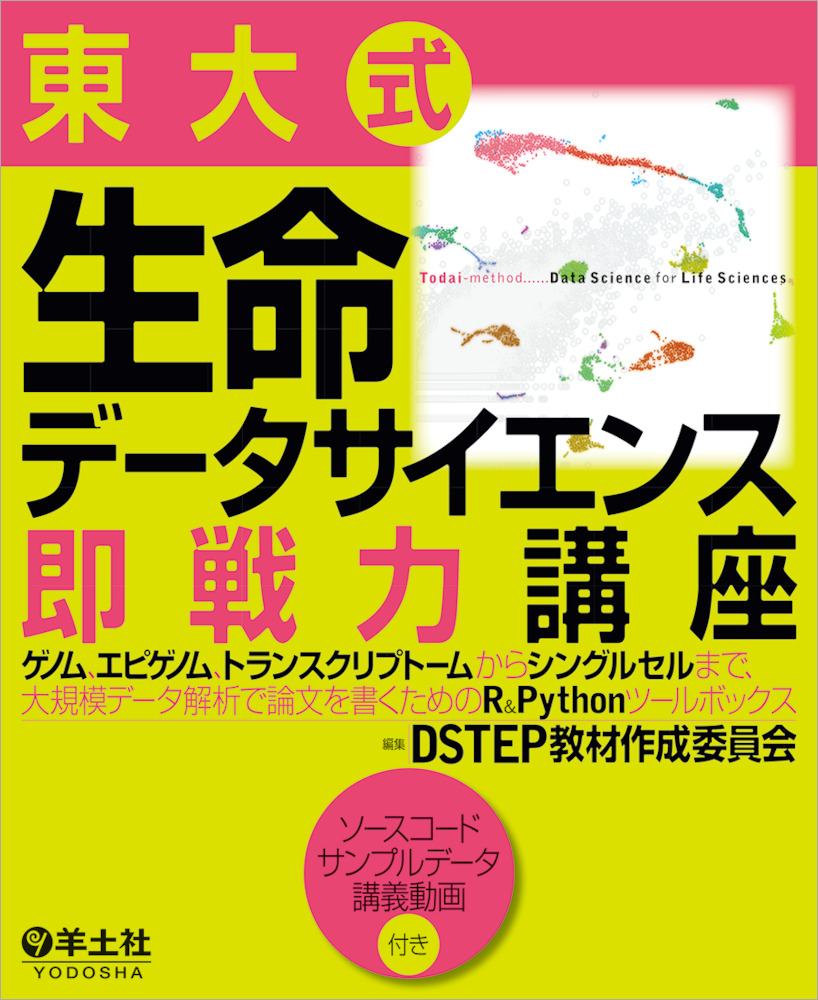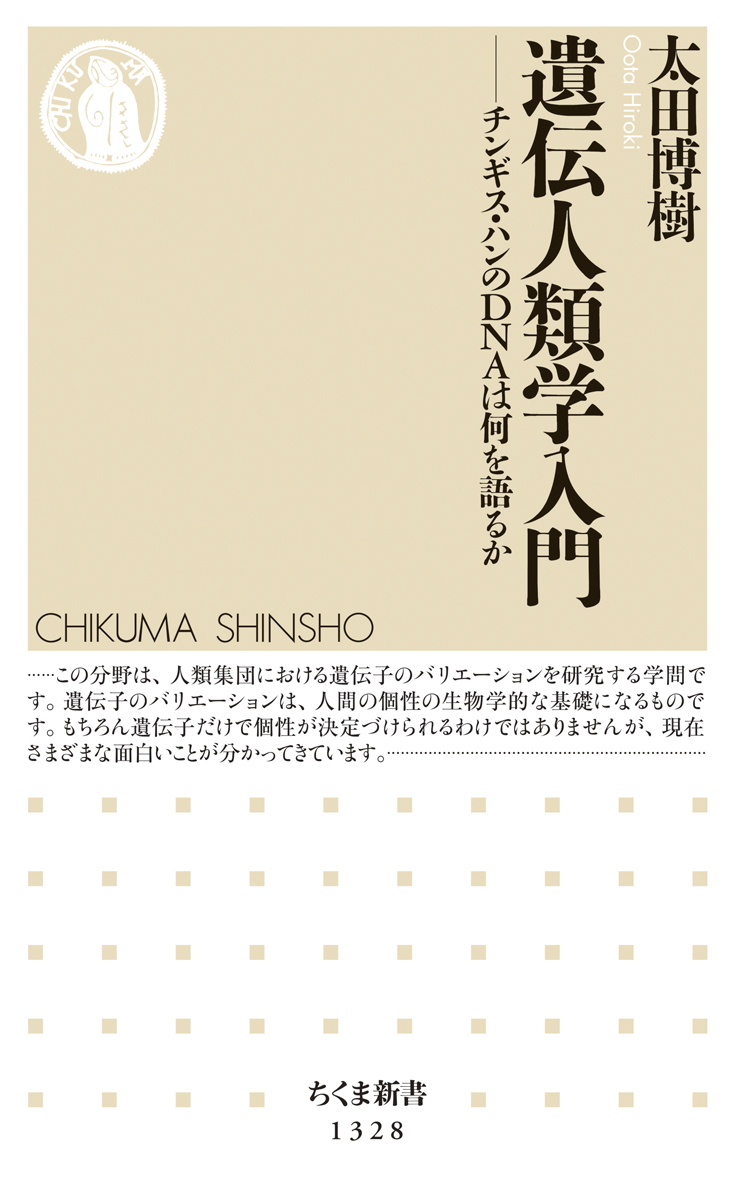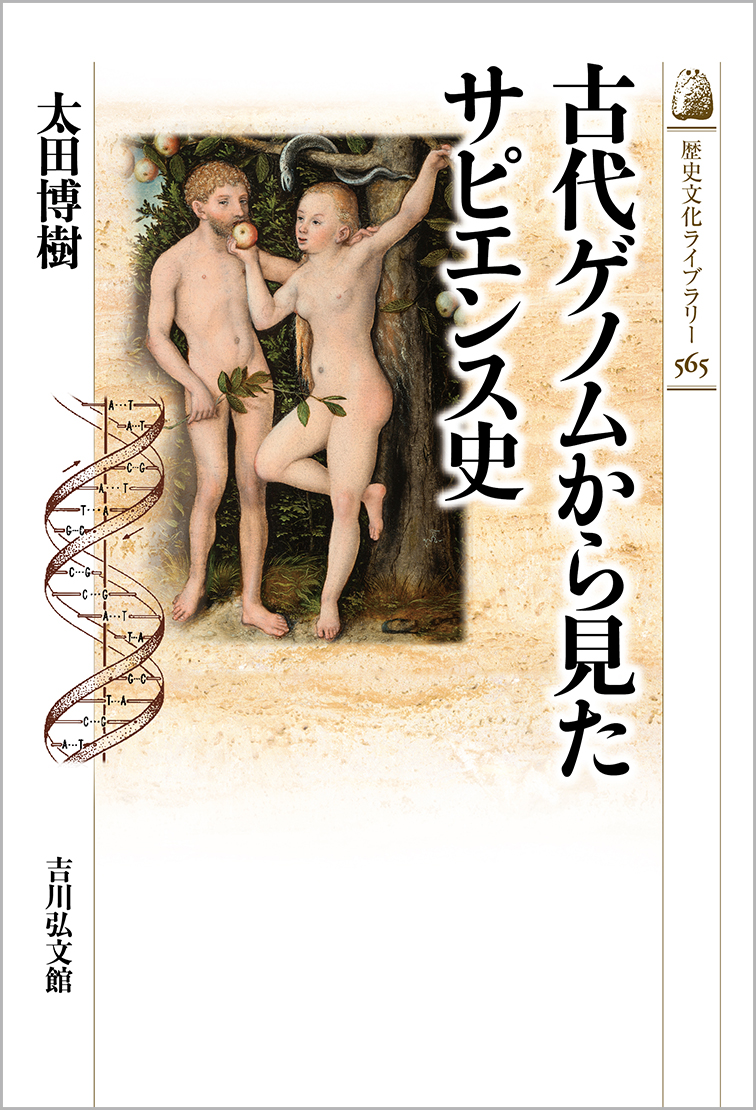
Title
Series: Cognition and Culture 9 Hito wa Byoki to tomoni shinka shita (Human Evolution and Disease)
Size
232 pages, 127x188mm
Language
Japanese
Released
December, 2013
ISBN
978-4-326-19945-7
Published by
Keiso Shobo
Book Info
See Book Availability at Library
Japanese Page
This book differs from previous works on evolutionary medicine in that it does not limit its discussion to Darwinian medicine. In other words, rather than explaining infectious diseases, allergies, and cancer with Charles Darwin's theory of natural selection, this book places weight on explaining the patterns in which variations in disease risk (those that can be explained by neutral evolution) exist in the human population.
The neutral theory of molecular evolution, introduced by Motoo Kimura in 1968, faced many critics for seemingly denying the universal selection theory, which had been the dominant idea at the time (although Kimura’s theory did not actually deny Darwin's theory of evolution). Since then, the theory has beat out its scientific competitors for survival, so to speak, and is now accepted as the neutral “theory”, that is, not a hypothesis but a theory supported by evidence, at least regarding evolution at the DNA level.
The neutral theory explains that the main factor in biological evolution is chance. DNA constitutes genetic material. DNA replication errors sometimes occur during gamete (sperm and ovum) formation. This replication error is called a "mutation”. The error happens by chance. Most DNA mutations are harmful and thus eliminated from the population prior to ontogeny. This is exactly the process of natural selection introduced by Darwin. However, while universal selection theory explains the mechanism by which such mutations survive in the population as a "survival of the fittest,” Kimura's neutral theory attributes “chance" caused by genetic drift to almost always explaining the process by which mutations persist.
Kimura's theory was criticized in the 1960s, as DNA analysis technology was still undeveloped and there was insufficient experimental data to support the theory. Since then, dramatic developments in molecular biology have revealed that much of evolution can be explained by neutral evolution. These days, the neutral theory of evolution has become so widely accepted that a central focus of research is to find genes and genomic regions that deviate from neutral evolution.
The development of DNA analysis technology has produced great outputs, such as the completion of a human genome sequencing project in 2003, effecting dramatic changes in medicine and biology. Genome-wide association studies (GWAS) have been carried out in multifactorial diseases, making discoveries in identifying the genomic regions associated with these diseases. An important aspect to consider is that the genetic variations associated with such diseases are abundantly present in human populations around the world. Why are such variations, inconvenient to humans, still present in the population and not eliminated?
Many of the general-interest books on evolutionary medicine have conventionally been written by doctors and medical researchers. In contrast, the eight co-authors of this book do not work in medicine but are specialists studying the biological evolution of humans. In this book, we consider health and disease in the era of genomic medicine by challenging the commonly-held medical notion that disease is "abnormal" and health is "normal".
(Written by OOTA Hiroki, Professor, Graduate School of Science / 2021)



 Find a book
Find a book


 eBook
eBook




